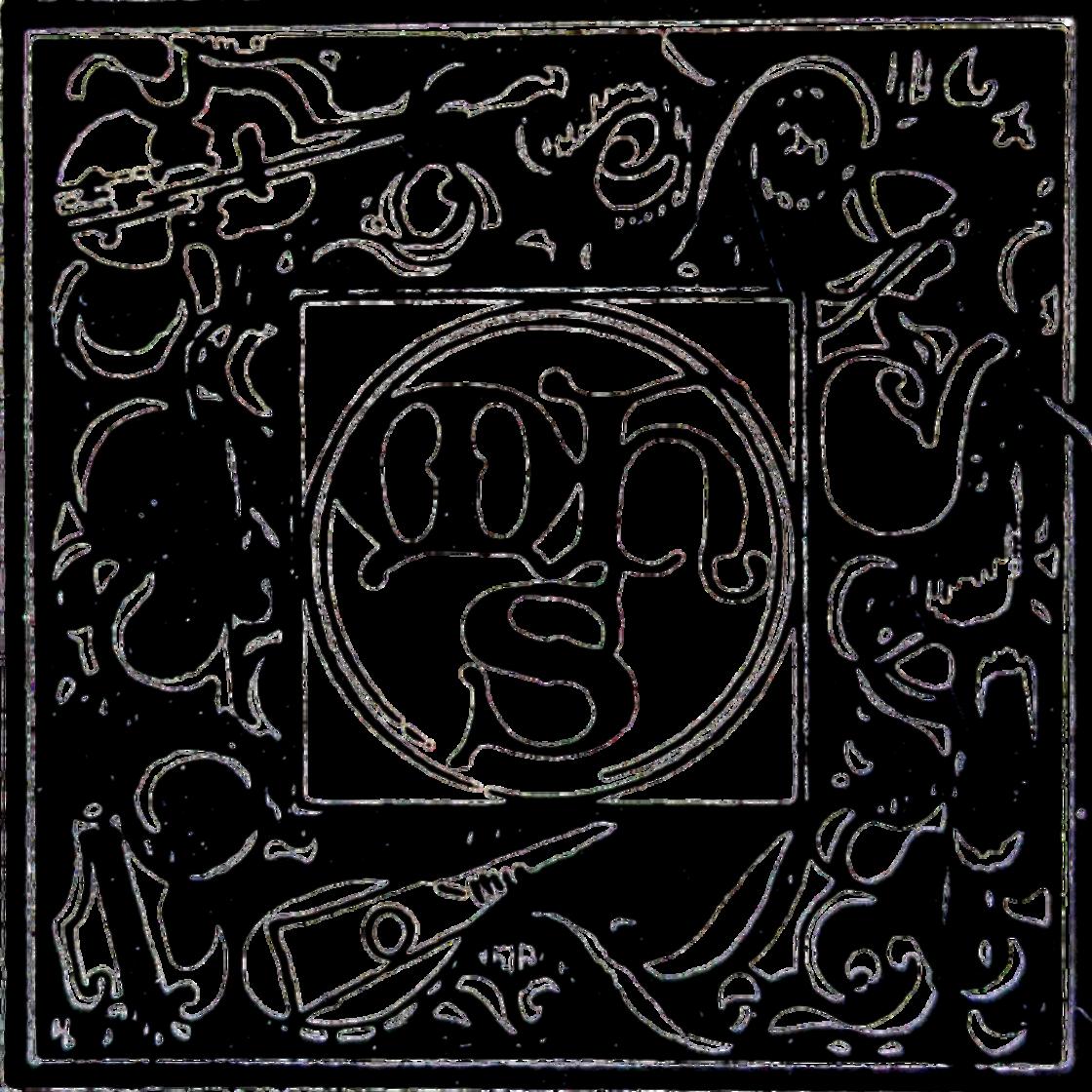

DMITRI KABALEVSKY (b.
SAHAN ARZRUNI,
Contemporary Soviet composer Dmitri Kabalevsky is well-known outside of his native country, chiefly for his contribution to the piano repertoire of the young keyboard student. Born in Petersburg in 1904, Kabalevsky studied composition with Myaskowsky at the Moscow Conservatory. His works among others include operas, symphonies, incidental music, piano works and songs. In his output for the young, he has shown an extraordinary flair for meeting the problems of the beginnerstudent and has achieved this without his pieces sounding "easy" or pedantic. These works certainly rank with the very best of that tradition and are equal in inspiration to the works of Schumann or Bartok. Kabalevsky projects such freshness of color, vividness of intention and simplicity in deliverance making the tiny vignettes engage the interest of a youngster who can then identify himself with the music. Kabalevsky's harmonic language remains throughout rather conventional mostly based on triadic patterns assuming tonal functions not too different from the Nineteenth century language. His melodic structure is orthodox with a swift flowing line, studded at times with a swift flowing line, studded at times with
unexpected turns giving spiciness and charm. His rhythms are solid, mostly uncomplicated, providing the basic pulse.
Among the selections recorded in this album, the thirty pieces in Op. 27 run the gamut of Kabalevsky's working methods. All these pieces require a certain maturity, may be a little sophistication in taste as well as agility of fingers. Each one contains at least one aspect requiring close attention. From harmonic point of view, Waltz Time can be a marvelous tool for grasping musical tension and relaxation; a pattern that repeats in each eight measure phrase. The opposite of this can be found in Meadow Dance. Here, there is hardly any dynamic variety; an unpretentious dance tune over repeating triads comprising the work. A similar example can be found in At Night on the River, this time the reiterant melody reflecting the quietness suggested by the title. A piece like Rondo features dissimilar textures with varying dynamic levels, whereas The Chase present two unalike sections under different circumstances.
An uncompromising rhythm is called for, for example, in Sonatina or Dramatic Episode where an insistent rhythmic cell makes the piece work. On the other hand, a rhythmic
suppleness is demanded in Lyric Piece where an understanding of the melodic contour shapes the work. Similarly, in A Tale the same approach can emphasize the pointed coloration of the composition. Some of the works in Op. 27 make a considerable demand on the dexterity of the fingers, such as in the three Etudes and Snow Storm. Kabalevsky paints a panorama of emotions in these small pieces ranging from delightful humor to deep pathos. There is sarcasm in Caprice, pompousness in Song of Cavalry, tranquility in Cradle Song, and Sad Story and Dilly show discontent. Little Fable carries wit and A Little Prank is very clever. Finally, Novelette displays an unashamed cry for compassion.
Some of these thirty miniatures, such as Playing Ball, Toccatina, A Little Prank, Novelette and Dance have a creative completeness that puts them in a category of masterpieces.
at the beginning of the book have wit and zest that are stimulating to the one year student. Each one is different, yet shares the same earmark. The placid Polka, the carefree Rambling, the quiet Cradle Song, the zesty Playing, the cute A Little Joke, the engaging Funny Event, the doleful Song, the soldierly A Little Dance, the cheerful March, the serene Song of Autumn and the humorous Scherzo comprise the first half of the book.
Op. 39 is very similar to the earlier album except that everything is in miniscule proportions. There are the same propositions which can be met by using a similar approach. Even the one line tunes at
The second part contains works that are more advanced and require closer understanding on the part of the executor. Such a one is Waltz which has a problem of balancing the swift melody of the right hand with the intervallic accompaniment of the left. A Fable is a study of touch where the short staccato notes have to be weighted against the slurred figures. Jumping can present a most challenging rhythmic demand. A Sad Story requires a 'steady tempo to convey the mood. Folk Dance is rather similar to A Fable, whereas Galop contains jumps in an animato speed. Prelude is peaceful, Clowns bantering, Improvisation carries itself in an unpretentious way while A Short Story has all the charm of a little girl telling her tale. Finally, Slow Waltz projects deliberateness and A Happy Outing a
Kabalevsky, with these works, remains a formidable exponent in understanding child psychology and pedagogical questions, solving them in a most admirable way.
SAHAN ARZRUNI
Sahan Arzruni was born in Istanbul of Armenian parentage. He started study of the piano at the age of four in his hometown and continued and received his degree from Juilliard School of Music. His teachers included Ferdi Statzer, Edward Steurmann and Sascha Gorodnitzki. In addition to original composition, he has to his credit several music textbooks, articles and recordings. He is currently associated with Victor Borge and has performed extensively in both Americas and Europe.
Opus 27: G. Schirmer
Opus 39: Kalmus
Recording Engineer: Richard Gardner
Tape Editor: Don van Gordon
Musical Supervisor: James Rich
A Musical Heritage Society Recording produced under the direction of Dr. Michael Naida
Library of Congress Catalog Card No. 73-750092

